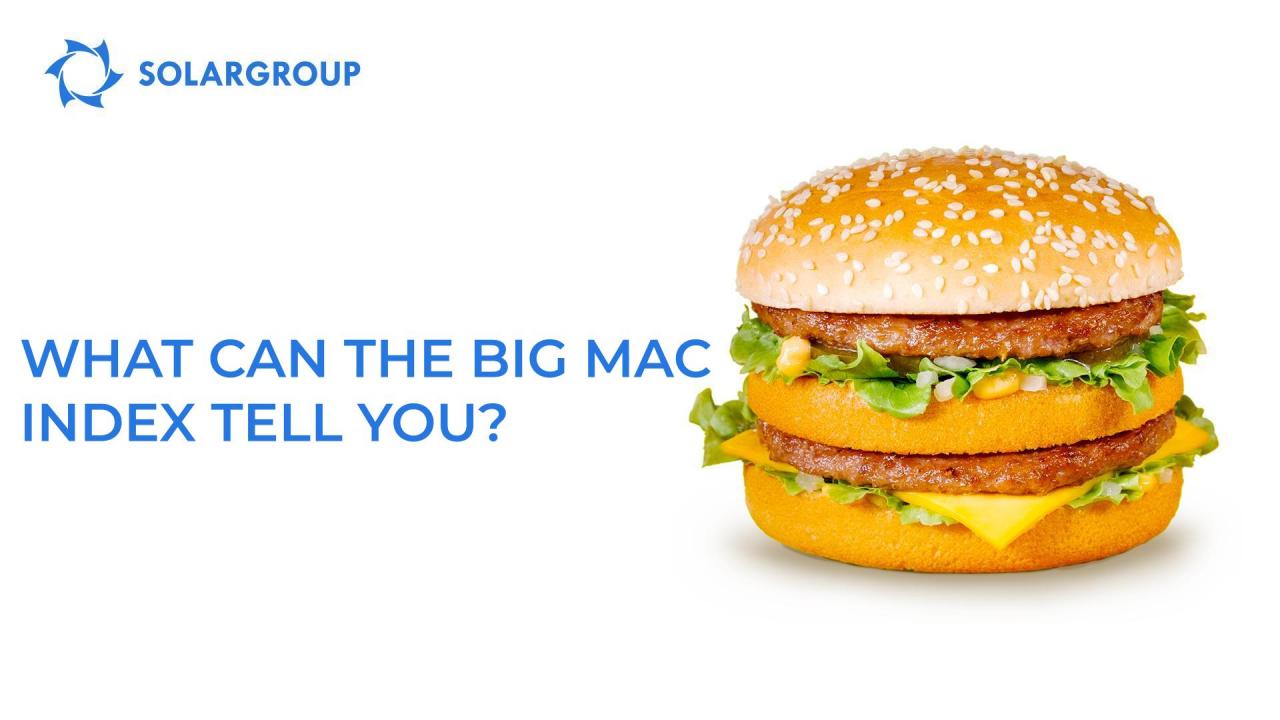
What can the Big Mac Index tell you?
The Big Mac Index is a lighthearted informal economic indicator that reflects the purchasing power parity of the national currencies in different countries in relation to the US dollar. The Big Mac Index was first mentioned in September 1986 in the Economist magazine. The journalist Pam Woodall decided to use the Big Mac Burger from McDonald's as a reference product to compare the real value of currencies. After the publication of the first article, this "lighthearted" indicator became widely known; since then, the periodical annually calculates and publishes the index update.
The method is based on purchasing power parity that consists in comparing prices for the same product in different countries. Following the logic, the ratio of the cost of the same burger in the United States and any other country should be equal to the exchange rate of the US dollar to the local currency. The Big Mac has become a kind of a standard of this method due to the fact that it is sold in most world countries.
According to the author, the difference in the burger price indicates what should the dollar exchange rate be in a given country. Using burgernomics, you can understand how one currency is undervalued or overvalued in relation to another.
For example, in the UK, the Big Mac costs < 3.39, and in the US - $5.71. The implied exchange rate is 0.59. The difference between this and the actual 0.79 exchange rate in the country indicates that the British pound is undervalued by 25.1 %.
In Russia, the price of the popular burger is ₽135. In comparison with the price in the United States, the "burger" RUR/USD exchange rate should be 23.64 with the real rate of 70.58. As a result, we can conclude that the Russian ruble is undervalued by 66.5 %.
According to the Big Mac Index, the overvalued currencies are the Swiss Franc, the Lebanese Pound and the Swedish Krona. The rest of the world's currencies from the Big Mac Index list are undervalued in comparison with the dollar.
You can find the latest statistics at the Economist website here: https://www.economist.com/news/2020/07/15/the-big-mac-index
What do you think about this method of estimating the real value of the world currencies? Do you believe it's fair?

